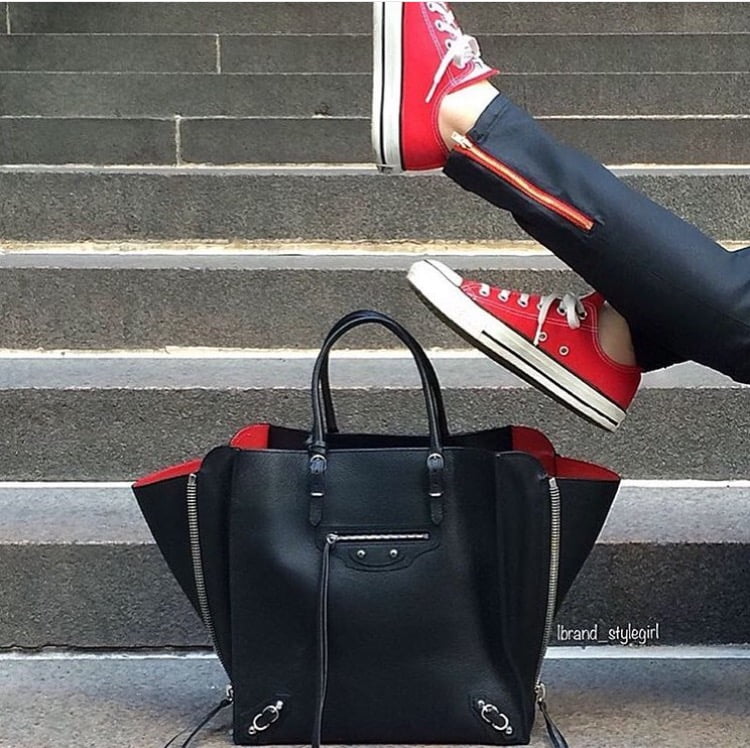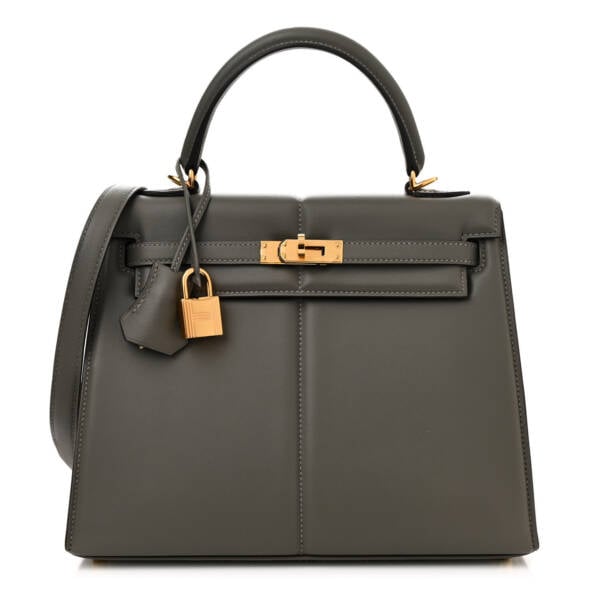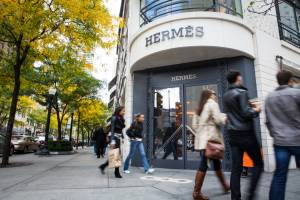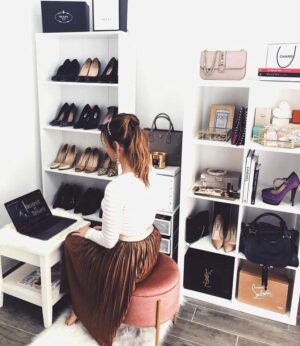When it comes to shopping, we all have different habits and rituals. Some of us can walk into the store and know exactly what we want. Others may have to revisit the store day after day while they contemplate if the bag they picked is the one for them. We all spend time devising the perfect shopping strategy to avoid the impulse buys we think retailers want us to make. However, according to a recent article in the Wall Street Journal, retailers actually want consumers to take a thoughtful approach to bag shopping and spend more time deliberating their options. Essentially, more time spent researching means more satisfaction in the long run.

@lolariostyle
While this logic may seem like common sense, it isn’t something retailers fully considered in the past. The Internet has fundamentally changed the shopping experience (and for the better). Shoppers now have helpful resources to investigate all their options like brand, size, color, and material. Better yet, social media and peer opinions can help inform shoppers to make the best decision. In fact, PurseBop.com has become one of the leading destinations for handbag research. Our reference guides and 101 classes like Chanel 101 and Hermes Birkin vs. Kelly 101 are designed to help inform all your bag buying decisions. As handbag lovers, we know that details make all the difference and any way to speed up your “handbag homework” is a huge help.

Anatomy of a Birkin from Hermes 101
All of this research isn’t just a tedious undertaking. Consumers actually enjoy the process of researching bags because it turns a single purchase into a fun experience. As described by Elizabeth Mullen of WSJ,
“The internet isn’t just a way to speed up the shopping experience; it is a tool to draw it out. Consumers enjoy the anticipation of a big-ticket item, in contrast to the quick fix that comes from an impulse purchase at an inexpensive, of-the-moment fashion chain.”
In other words, the final handbag purchase is a victory and reward after putting in a lot of dedicated, hard work.

@happybaggage
Stylitics, a fashion technology and analytics company, partnered with market research firm NPD Group to take a closer look at the psychology of handbag shopping. The study found that about 4 out of 10 women ages 18 to 34 said they started thinking about their most recent handbag purchases more than a month in advance. About every 6 out of 10 women said browsing online stores majorly influenced their handbag shopping. To put it simply, handbag shopping is a serious endeavor for most people. Almost two thirds of designer handbag customers reported they had a bag or designer in mind before they made the purchase. Shoppers considered details like size and craftsmanship before committing to a bag.
Handbag retailers are changing the way they market bags to accommodate this mentality by making their online resources more informative. Net-a-Porter’s vice president of global buying, Sarah Rutson reported that handbag return rates were among the lowest across the site because “by the time they’ve [customers] made their selection, what they’ve got is what they expected.”

@favloves

@noon_titaya
The shift to valuing the consumer process and happiness has helped the handbag industry continue to thrive despite an overall decrease in luxury shopping (Read Bain’s predictions: Luxury Market Expected to Bottom Out This Year). Handbag sales reached $11.5 billion last year, which is a 5% increase compared to 2014. Along with shopping preferences, bag style preferences are changing too. Casual totes are proving to be more popular than formal satchels. Smaller size bags are also trending since shoppers are paring down their items and carrying just their cell phones and essentials. Crossbody bags are also immensely popular because of their hands-free nature that allows the wearer to easily text. Furthermore, shoppers are more hesitant towards logos and flashy brands and are gravitating toward “lesser-known and emerging brands” according the NPD/Stylitics study. Overall, consumers are shifting to buying fewer, nicer things instead lots of fast fashion items that fall out of trend quickly.
This most recent look into handbag shopping shows that consumers really want to take control of their experience and be thoughtful about their purchases. While it’s easy to be influenced by emotion and the latest trend, as quoted by Erica Russo, fashion director of accessories and beauty at Bloomingdale’s, “the customer wants to find something that she feels she really discovered.”

@lbrand_stylegirl
PurseBop wants to know your thoughts now. What’s your shopping process and how long does it take you to make the final purchase? Are you usually happy in the end or do you sometimes end up with buyer’s remorse? Let’s take the conversation to BopTalk.
Read related articles below:
Handbags Keep Luxury Afloat
Are Millennials Less Concerned About Handbag Brand Names?
Quiz Time: What’s Your Bag Attitude
Luxury 2016: The Year of Struggle
Luxury Market Expected to Bottom Out This Year
Love PurseBop
XO
Updated: May 27th, 2017
























Comments
1 Responses to “Handbag Shopping: Does More Browsing Increase Satisfaction?”
It takes me about 1-3 months to pick a bag and about a week to research the one I finally pick.